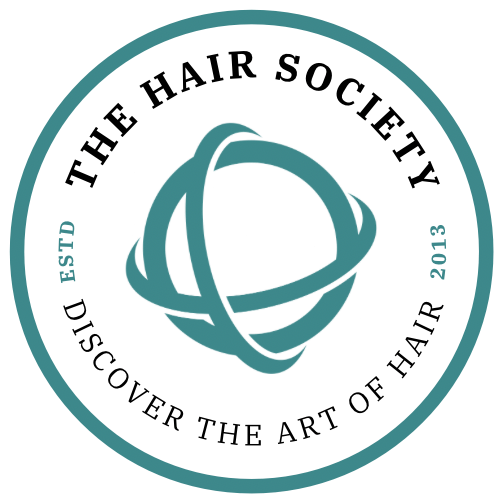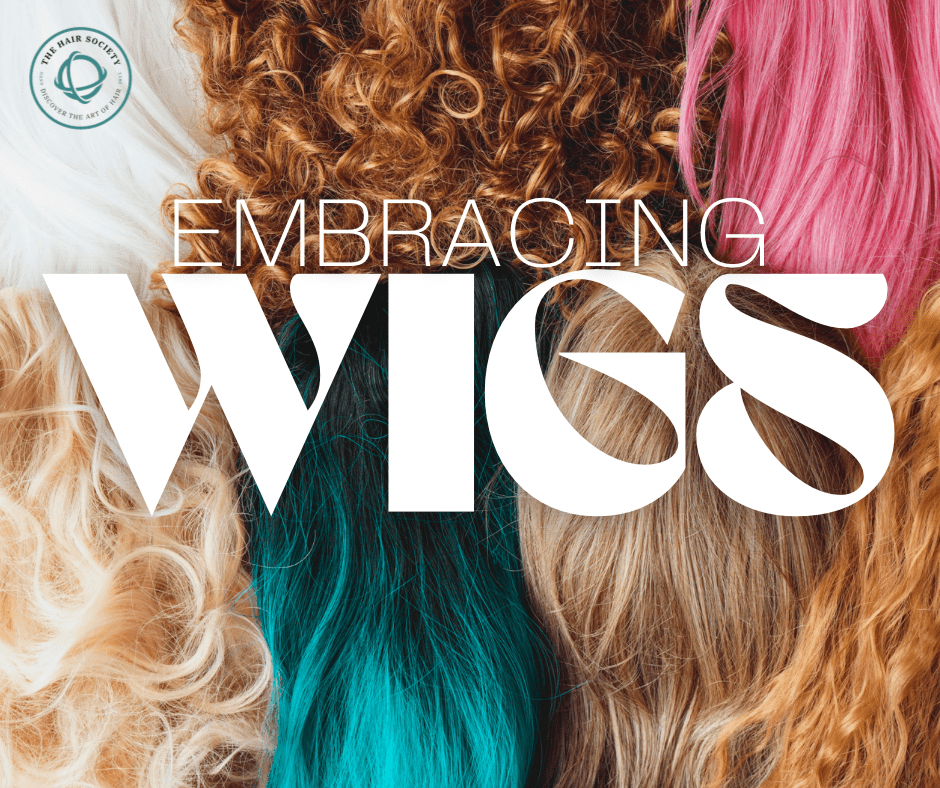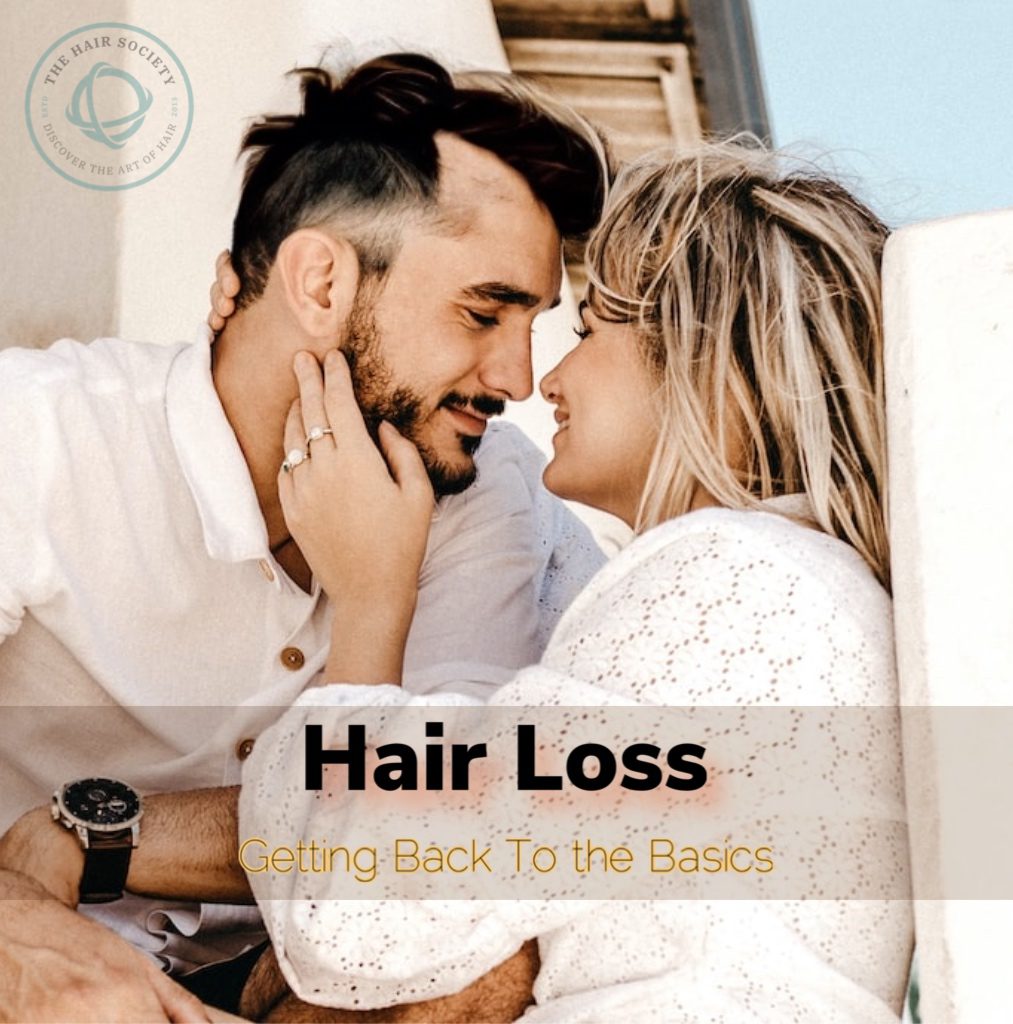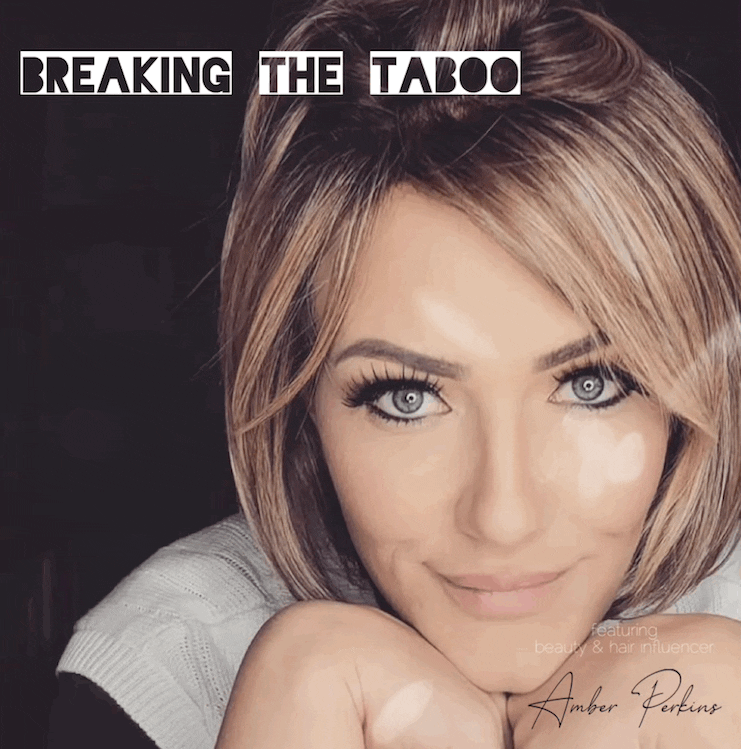HAIR SYSTEMS
Average Cap Size
The average cap size is generally the following measurements:
Around the Head – 21 1/2 – 22″
Front to Back – 14 1/4 – 14 1/2″
Ear to Ear – 13 1/2 ”
Average/Large Cap Size
The average/large cap size is generally the following measurements:
Around the Head – 22 1/2″ – 23″
Front to Back – 14 3/4 – 15″
Ear to Ear – 13 3/4 – 14″
Large Cap Size
The large cap size is generally the following measurements:
Around the Head – 23 1/4″ – 24′
Front to Back – 15 1/4 – 15 1/2″
Ear to Ear – 14″
Monofilament/Mono-Top Wig – A Monofilament/Mono-Top Wig refers to fine, breathable nylon or silk mesh with hairs individually hand-knotted into the mesh. Disappears against the scalp allowing natural skin tone and appears as a natural looking part giving it more versatility in styling. It is recommended for hair loss patients, and allows comfort and excellent ventilation.
Lace Front – A wig made with a mesh insert in the front into which individual hairs are hand-tied. It creates a realistic looking hairline. When properly worn with special adhesive, it is almost undectable that it is not the wearer’s own growing hair. They are more expensive and difficult to manage, and do not last as long as other wigs.
Velvet Front – A small piece of soft, velvety material inserted into the front of a wig to create a more comfortable fit at the hairline.
Human Hair Wigs – Wigs made of human hair primarily cut in India, China, and parts of Europe which are obtained and contracted through a factory for the specific purpose of making wigs/hairpieces.
Wigs made with Human Hair are very durable, however they require more upkeep than synthetic wigs and must be styled on a regular basis. Generally speaking, although Human Hair wigs are much heavier than their Synthetic counterparts and more expensive, they can actually look and feel more authentic and are worth the money.
Unprocessed Hair – Human hair that has not been chemically treated.
100% European Human Hair – Is differentiated by genetics rather than geography. It actually refers to Caucasion hair. This is Human Hair that has retained the cuticle and has undergone a special process to prevent tangling and retain the quality of this extremely fine Caucasian hair. The structure of European hair is a bit finer, flatter and smoother, and more desirable. It has a silky texture and is usually available with a wave and very rarely curly. It comes in all colors from a very pale blond to jet-black. Because it is less plentiful it is more expensive.
Virgin Russian Hair – Due to its fine hair strands, easy movement, and amazing durability these qualities make this hair the most expensive and sough after hair in the world. This is hair that can cost up to $10,000 for a wig 16 inches long. It has finer strands. This is an excellent choice for those with thin hair.
Virgin Unprocessed – Very fine quality human hair in its original state which has not been chemically treated in anyway, (processing removes the cuticle ) only sanitized and blended. It has not been permed, colored or altered in any way. The cuticle goes in the same direction and is preserved to maximize it’s special quality. Therefore, it is strong and natural in appearance.
Virgin human hair wigs are the most natural looking and the most comfortable but just like human hair they tend to tangle. This is a good but expensive choice if you want the very finest human hair wig. Virgin European hair wigs are high in demand. It comes in short, medium and long styles, and is also used in Hairpieces and Extensions. Italian Hair – A less expensive choice is Italian hair. On the average Italian hair has a medium texture with a lot of body with the end of the hair being full and blunt. It varies from a slight body wave to a wavy texture. It comes in all colors from a very light almost white to jet-black.
Cyberhair – A revolutionary high spun nylon made to look, feel, wash, move, and reflect light just like human hair. One cannot tell the difference as the fiber is so real looking. This fiber is used on the First Women’s Swim Wig and the First Wome’s Intimacy System as this hair does not drag in the water like human hair. This is a much more sophisticated synthetic which needs moisture and it is suggested it be sprayed daily with a Cyberhair formula called Protection Plus which will help keep the hair from drying out and getting frizzy like most synthetic fibers.
Human Hair Blend – A combination of human hair and synthetic fiber. The synthetic fiber tends to hold it’s shape after washing and the human hair looks natural and is more durable. The combination gives the wig more versatility and flexibility in styling. It is usually used in 25%, 35%, and 50% ratios to synthetic fibers.
Remi/Remy Human Hair – Refers to Human Hair (usually Indian in origin) Remy which is less expensive than European, Italian or Russian hair. The hair has been harvested from root to end with the cuticle all going in the same direction that prevents the hair from tangling and is very easy to care for. It may be colored or permed. It is soft and silky and is used for making higher quality wigs, extensions and hairpieces. This quality of hair is often used in a cranial prosthesis (wig). It looks very real, however, sometimes can frizz from its texture. Using an ionic straightening iron on the piece will smooth out the frizz.
Baby Hair – Is the small strands of hair, often curly at the base of the frontal hair line to add to a realistic look. Also baby hair can often camouflage the edge of the wig. Much of the time angora and/or baby Yak hair is used to replicate baby hair.
Textured Relaxed Human Hair – This is hair that is specially processed and is used in wigs and cranial prosthesis especially designed for most ethnicities including Latina, Persian, and African American Women.
Synthetic Hair – Kanekalon Fiber – The Kanekalon Fiber is a modacrylic fiber that closely resembles human hair composed of a combination of two monomers: acrylonitrile and vinyl chloride which are joined together in a process called Co-polymerization. Co-polymerization produces a dry resin which is in turn dissolved into a liquid state, or dope. This solution is forced through a multi-hole metal disk called an aspinnerette, then into a water bath where it coagulates to form continuous strands. These strands or filaments called “tow” are then dried and stretched and finally become fiber as we know it.
It’s especially formulated to produce an irregular shaped cross-section that is similar to human hair allowing the look, feel and performance characteristics of the real thing. It is also lighter in weight and more consistent than other synthetic fibers.
Synthetic Fiber – There are three types of synthetic fiber used to manufacture wigs, which are polyester, acrylic, and polyvinyl chloride (PVC). They are not resistant to heat or styling products, and are available in many different lengths and styles.
Synthetic Hair Blend – A specially made synthetic fiber that is just like your own hair that you can curl or blow dry. All synthetic wigs are made with this fiber. It reflects the look of human hair and dries quickly. They are less expensive than human hair and are lifelike and durable.
Synthetic Wigs – Wigs made primarily of modacrylic fibers that have the look and feel of real hair. The fibers have style memory which allows the original styling to be restored in most cases by simply spraying with a water bottle and drying from underneath. They don’t fade in color like human hair does. An additional advantage is that synthetic fibers are not porous and cannot absorb oders.
Part – Refers to a break where the hair is parted and is usually located at the center or side of the cap.
Skin Part – Refers to a strip of fabric, usually silk, along the part where the hair is threaded. It gives the appearance of the hair growing directly from the scalp. The part cannot be changed. Wigs with a skin part are more affordable than a full monofilament and still give you a very natural look.
Skin Top – These wigs, sometimes referred to as having a Monofilament Top, have a piece of thin latex of polyurethane inserted into the top of the wig with hair implanted to give a natural look.
Simulated Part – A part that is not clearly defined and usually at the center or side of the cap.
Multidirectional/Multidirectional Part
– Higher quality skin top wigs which can be combed or parted in any direction, much like your own hair. It allows you to change the part to right, left or center as desired by wearer.
Hand-Tied – A term for individual hair fiber that is tied by hand onto the wig cap/base using a single knot. Offers styling flexibility and resembles the movement of natural hair.
Honeycomb Wefting – Can be found in either a full or partial hairpiece. Often referred to as an “Integration” piece it is made with large open holes designed to pull your own hair through.
Add-Ons – A partial hair piece – not a full wig. Hairpiece that temporarily attaches either by interlocking combs or butterfly clip to your own hair to add instant length, volume and texture.
Wiglet – A spot enhancer that is designed to work with your own hair to add volume or length in a specific area.
Top of the Head – ‘Toppers’ as they are often referred to is a partial piece that fits on the crown to be used to add volume for a fuller look. They come in many lengths and base sizes.
Fall – is a partial wig most often used to add length to a style and almost full coverage of the head while allowing plenty of ventilation and the guarantee of a secure fit. Unlike the heavy solid hard dome-like foundation of traditional Falls of the 60s and 70s that were positioned at the top and crown area of the head. There are three basic types: Full Falls, Headband Falls, Hat Falls: Full falls allow the wearer’s own hair to show at the front and be blended into the hairpiece.
Headband falls or 3/4 wigs are positioned 1″ to 1 1/2″just behind the front and side hairlines allowing the blending of the front and sides of your hair in with the Fall to create a more voluminous natural looking head of hair; it usually connects easily to your own hair with a series of flex combs. It gives a realistic appearance of hair growing directly from the wearer’s scalp.
Hat Falls – Often referred to as “Chemo Cap” or as 1/2 wigs”, they have a bare cap on top held together by pieces of elastic in a crisscross design that fit securely on the head where the hair or wefts are attached from the temple down giving the “perfect elusion”. This is suggested specifically worn by those with sensitive scalps or seek a lighter feel while wearing a cap or scarf.
Integration System – An integration hair system refers to the type of base material used and is ideal for women (or men) with thinning hair or diffused hair loss like that in Female Pattern Hairloss. An Integration System allows you to pull your existing, growing hair directly through the unit. This allows you to wear a custom hair replacement system without shaving your head. Your own natural, growing hair is combined with the hair in the system to create a more voluminous and complete head of hair. Depending on the thickness and fullness of your growing hair, there are a variety of different integration hair systems all with varying sizes and shapes of holes in the mesh.
Bleached Knots -The latest innovation in ventilation these days are called bleached knots. As the name is self-explanatory, these knots are put through a delicate bleaching process after being tied to the base with extremely tiny half knots. This removes most of the dark color and leaves a virtually invisible knot that really appears to be growing right from your scalp!




